Laser induced breakdown spectroscopy (LIBS) is a new material element analysis technique. It has a sample of ruthenium without pretreatment (grinding, extraction, digestion, etc.); the analysis time is very short (1-2s), and the analysis results of all elements can be obtained at the same time; 3 quasi-no damage (several ng) detection, sample consumption is extremely Low; 4 samples are not limited by solid, liquid, gas morphology; 5 is not limited by elemental concentration; 6 achieves in situ differential differentiation of the elements under imaging.
CEITEC (European Engineering Technology Center | Brno University of Technology) used LIBS to study the distribution of tooth elements, ie the distribution of elements such as Ca, Mg, P, etc. The sample was fixed in epoxy resin and cut on the plane of interest (Fig. 1) Do LIBS analysis. On the sample surface, an area of ​​22 x 10 mm was analyzed with a resolution of 100 microns. 22 000 measurement data were obtained by scanning 220 x 100 dots in a dot matrix. The element distribution map (Fig. 2) is drawn into the cross section of the tooth. The absorption of trace elements and the accumulation of trace elements are analyzed by the element content distribution of the cross section of the tooth. The migration of elements and the structure of the teeth during the growth of the teeth of the animal are analyzed. The relationship with elemental distribution provides a new and perfect tool for the study of elemental and physiological health.
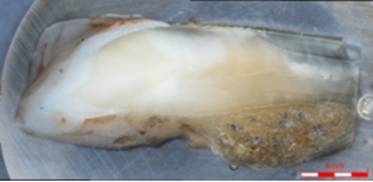
Figure 1 tooth section image
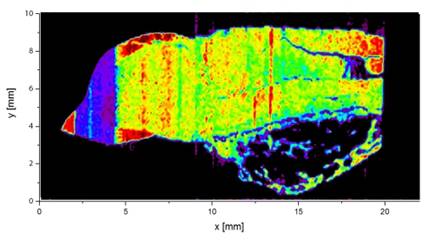

Figure 2 Microscopic imaging of Ca in teeth
As a representative of invertebrate mollusks, shellfish have emerged in the early Cambrian period. They have many characteristics such as large reserves, wide distribution, and difficulty in migration, and have obvious regional characteristics. They are regarded as ideal "biomarkers" for monitoring ecosystems. Used in marine research. During the growth of shellfish, the shells will form a growth line similar to the “tree wheelâ€, recording changes in the surrounding environment and changes in food structure, specific to the quarterly and monthly growth cycles, and their growth lines (layers). The thickness is only on the order of micrometers, and the corresponding component element content also exhibits a spatial distribution on the order of microns.
The high spatial resolution analysis techniques currently used for shell constituent elements mainly include mass spectrometry (such as ICP-MS) and electron probe analysis (EPMA), but both technologies require sample pretreatment, and the equipment is bulky and expensive. Single analysis is costly, time consuming and laborious, and cannot meet the needs of statistical analysis of batch samples. Laser-induced breakdown spectroscopy (LIBS) is a new quantitative and semi-quantitative analysis technique that enables one-, two-, and three-dimensional scanning analysis of targets with a minimum resolution of several micrometers (ns laser). Therefore, the application of LIBS technology to scallop shell analysis can achieve micro-scale micro-loss analysis of shell element components, and even complete rapid analysis under scallop survival conditions. Research on climate change, marine lake environmental changes, paleontology, and paleoenvironment provides a more perfect experimental tool.
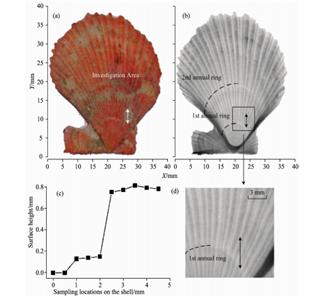
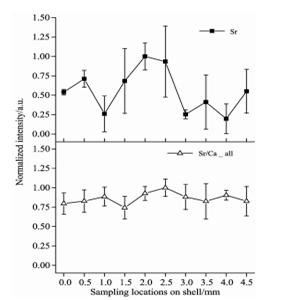
Fig.1 Schematic diagram of LIBS high-resolution micro-differentiation micro-area analysisFig.2 Comparison of Sr and Se/Ca element content distribution
a, shell physical map; b, shell x-ray scan; c, shell analysis area height change; d, shell analysis area details
AtomTrace's LIBS elemental analysis system uses a clever modular design with 20 years of LIBS research experience and experience in life sciences, analytical chemistry, and new materials. Among them, Sci-Trace LIBS is the laboratory analytical instrument with LIBS's leading vacuum chamber and double pulse laser and workflow control analysis software. It is equipped with advanced full-spectrum Echelle spectrometer and iCCD to reduce the element detection limit to The lowest (0.1ppm, lower double pulse), lower detection limit and higher detection accuracy than similar devices. The X-Trace LIBS telemetry analysis system features patented Stand-off LIBS and Remote LIBS, in-situ non-contact measurement analysis, and telemetry distances up to 20m. The convenient mobile operating platform has an irreplaceable analytical value for samples that cannot reach the contact, hazardous environments.
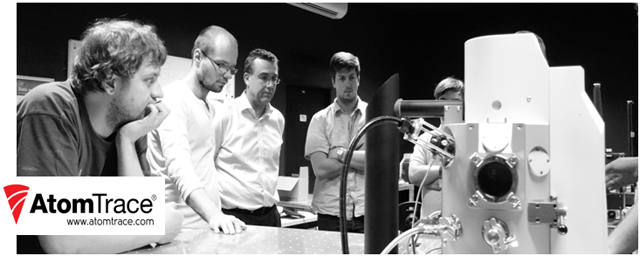
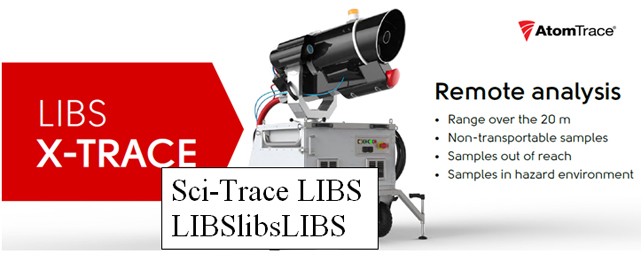
Hotel Safe,Guest Room Safe,Mini Safe Box,Digital Safe Box
Hebei Yingbo Safe Boxes Co.,Ltd , https://www.ybsafebox.com